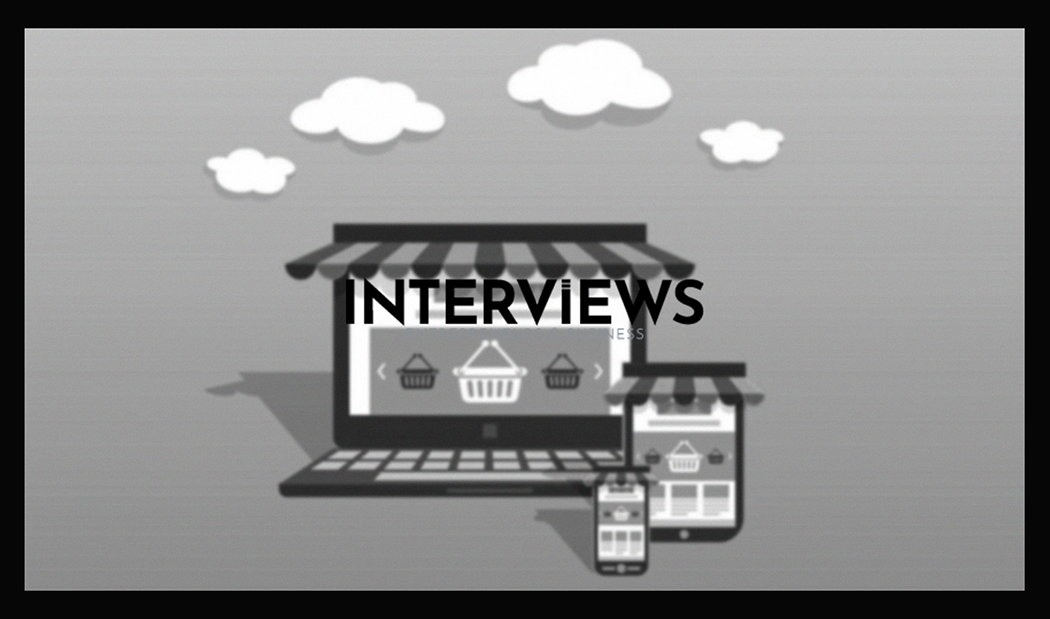Want to Build the Next Amazon? Let’s Talk Marketplace Websites (and How Much it’ll Actually Cost You)
Ever dreamt of creating the next big thing online? A digital bazaar for buyers and sellers? You’re likely thinking about a marketplace website. Think Amazon, Etsy, or Facebook Marketplace. These platforms boom, connecting people and commerce. But are you ready to face costs and details?
Decoding the Dollar Signs: How Much Does a Marketplace Website Really Cost?
Let’s discuss money. Building a marketplace isn’t cheap but it’s not too costly either. For a basic setup, plan on $20,000 to $100,000. It’s true. Want a more intricate design? Costs can quickly jump above $200,000. Picture a lemonade stand vs. a mall – both sell but costs vary.
What about apps? We all use phones now. A marketplace app typically costs around $37,500. But again, complexity matters. Costs could be as “low” as $25,000 or climb to $50,000 or more. Think of an app as adding a mobile store to your digital world.
Consider scalability too. If your marketplace gets popular (fingers crossed!), invest in servers and development. More users mean more traffic and higher infrastructure costs. It’s like widening roads to accommodate growth – essential, but it raises your budget.
Show Me the Money! Is a Marketplace Website Actually Profitable?
Costs are clear now. But how about profits? Marketplace websites can yield significant returns. One top benefit? Great margins without holding inventory. You act as the platform, not a warehouse. Connect buyers and sellers, then take a cut. Cha-ching!
This streamlined model allows investment in core areas: marketing and customer needs. Happy users and effective marketing fuel growth. Plus, marketplaces are data-rich. Data collection lets you gauge trends and user behavior while enhancing your platform’s appeal. Easy scalability adds to the allure; growing a marketplace is smoother than traditional stores.
Website vs. Marketplace: What’s the Real Difference? (It’s Simpler Than You Think)
Let’s clarify things. What distinguishes a marketplace from just any site? Easy: sellers. A standard website, in e-commerce terms, is your online store. It features your products. Consider it your personal shop with just you, the seller, and the buyer.
A marketplace resembles a lively shopping center. It’s a platform with multiple sellers showcasing goods. Think of it as a virtual mall uniting various shops online. More sellers equal more choices and action. You function as the landlord, earning a cut from each shop’s sales.
Facebook Marketplace: Your Quick-Start Guide to Marketplace Mania
Want to dip into the marketplace world without building from scratch? Facebook Marketplace offers easy access. Here’s a basic guide:
- Log into Your Facebook Account. (You must have one to sell; it’s essential).
- Access the Marketplace. Look on the left menu or the shortcut bar – find the storefront icon.
- Set Your Location. This step matters for local selling. Let customers nearby know what you offer.
- Understand Marketplace Categories. Choose the right category for listing – it helps buyers find you.
- Create a Listing. Craft a snappy title, clear photos, honest description, and price. It’s standard selling practice.
- Communicate with Buyers/Sellers. Use Facebook’s messaging system to stay connected. Respond quickly and politely!
- Manage Your Listings. Track sales, update prices, mark sold items. Keep it tidy.
Important note: You need a Facebook account to use Facebook Marketplace. No account, no selling. It’s like entering a members-only club without membership. Good news: Individual sellers usually pay no fees. More earnings for you!
Ready to Build Your Own Empire? Marketplace Platforms to Consider
Facebook Marketplace suits casual sellers. But if you aim for a full-fledged platform, consider dedicated sites. Shopify is a leader in e-commerce for valid reasons. It’s robust and adaptable. Although Shopify isn’t a marketplace like Amazon or Etsy, it supports numerous online stores. Countless successful marketplaces began as Shopify stores.
Shopify offers “Shopify Marketplace Connect”. This neat feature connects Shopify owners to major marketplaces like Amazon, Walmart, eBay, and Etsy. It’s like having direct access to those busy malls – immediate visibility!
Exploring options beyond Shopify? Here are some viable alternatives:
- Craigslist: The original online classifieds. Simple and local.
- OfferUp: Mobile-friendly market prioritizing local transactions.
- Poshmark: Fashion-centric marketplace for clothing and accessories.
- eBay: Auction giant and versatile marketplace leader.
- Etsy: Best for handmade, vintage, and artistic goods.
Step-by-Step Blueprint: How to Launch Your Marketplace Website
Transforming your marketplace concept into reality involves steps not sprints. Here’s a clear roadmap:
- Idea Validation and Niche Definition
- Identify a Need: What problem will you solve? What demand will you fill? Is there a market gap?
- Define Your Niche: Will you target specific products, services, or audiences? Niche markets can be lucrative.
- Market Research: Study your target market, competition, and industry trends thoroughly. Understand your landscape.
- Business Model and Monetization
- Choose a Business Model: How will you earn? Commissions? Subscriptions? Advertising? Or a mix?
- Define Your Value Proposition: What makes your marketplace stand out for buyers and sellers? Why choose you?
- Technology and Platform Selection
- Choose a Platform: Build from scratch (complex, costly), use a pre-built one (like Shopify), or opt for marketplace software.
- Consider Development Options: CMS, marketplace plugins, or hire experts. Decide your tech approach.
- Prioritize Essential Features: What must your platform have to function well? Focus on core features first.
- Platform Development and Testing
- Build Your Platform: Now it gets technical. Whether coding or using a platform, realize your marketplace.
- Focus on User Experience (UX): Ensure smooth operation for buyers and sellers. UX quality is crucial.
- Thoroughly Test: Seek out bugs! Assess functionality, security, and performance. Glitches repel users.
- Launch and Marketing
- Attract Sellers: Sellers are critical to your marketplace. Prioritize onboarding.
- Launch Your Marketplace: Open for business! Make noise to gain attention.
- Market Your Platform: Inform potential buyers using various marketing strategies.
- Collect and Act on Feedback: Listen to your users. Their insights are vital for improvements.
- Growth and Scaling
- Monitor Performance: Analyze key metrics. Determine what works and what doesn’t. Data-driven decisions lead to smarter choices.
- Iterate and Improve: Marketplaces evolve constantly. Keep refining based on user input and market shifts.
- Expand Your Reach: Look for growth strategies. Aim higher, think wider.
Tips for Marketplace Success:
- Focus on User Experience: Satisfied users return often. Make your site enjoyable.
- Build a Strong Community: Encourage interactions between buyers and sellers. Community fosters loyalty.
- Provide Excellent Support: Responsive customer service is essential. Be available when needed.
- Stay Updated: Technology and trends change rapidly. Keep your platform fresh.
Show Me the Money (Again!): How Marketplace Websites Actually Make Bank
Earlier we discussed models, now let’s focus on how marketplaces generate revenue.
- Commissions:The simplest and most widespread approach. The marketplace earns a percentage of sales.
- each transaction. Simple and effective.
- Subscriptions: Sellers pay a recurring fee for access to the platform. This provides steady income.
Often, marketplaces combine commissions and subscriptions. This leads to a diversified revenue stream. Think of this as multiple income sources flowing into your marketplace.
Cracking the Facebook Marketplace Code: What Sells Like Hotcakes?
What’s hot on Facebook Marketplace? Here are some trending sellers:
- Home Decor: Everyone enjoys sprucing up space.
- Print-on-Demand: Customized goods are always popular.
- Seasonal Products: Holiday decorations, summer gear. Ride those seasonal waves.
Important note on payments: Facebook leaves payment details up to seller and buyer. Agree on a payment method. Facebook does not handle money directly unless using paid ads or shop features.
Newbie-Friendly Platforms for Online Selling: Beyond the Marketplace
Starting your online selling journey? Here are user-friendly platforms to consider:
- Etsy: Perfect for handmade and vintage items. If you’re crafty, Etsy is your tribe.
- eBay: Huge audience and wide range of goods. eBay’s reach is hard to match.
- Facebook Marketplace: Excellent for local sales. Very user-friendly.
Stepping Away from Facebook Marketplace? Alternative Platforms to Explore
Want to explore beyond Facebook Marketplace? Here are solid alternatives:
- Craigslist
- OfferUp
- Poshmark
- eBay
- Etsy
- Amazon Marketplace
- Nextdoor (Great for neighborhood sales)
Hold Your Horses! Things You CAN’T Sell on Facebook Marketplace (The No-No List)
Facebook Marketplace has major rules. Avoid listing these items:
- Not a Physical Product: Services or digital downloads are not allowed.
- Adult Products: Keep it PG-13.
- Alcohol: Restricted sales.
- Body Parts: No.
- Digital Media/Streaming Devices: Avoid copyright issues.
- Documents/Currency: No selling official documents.
- Gambling Products: Off-limits.
- Hazardous Materials: No dangerous goods.
Also, “in search of” posts are not allowed. Marketplace is for selling items only.
There you have it. Building a marketplace website is a big task. With the right planning, platform, and persistence, you could create an online sensation. It’s about connecting people, solving problems, and smoothing the buying and selling experience. Go forth and build your marketplace empire!





